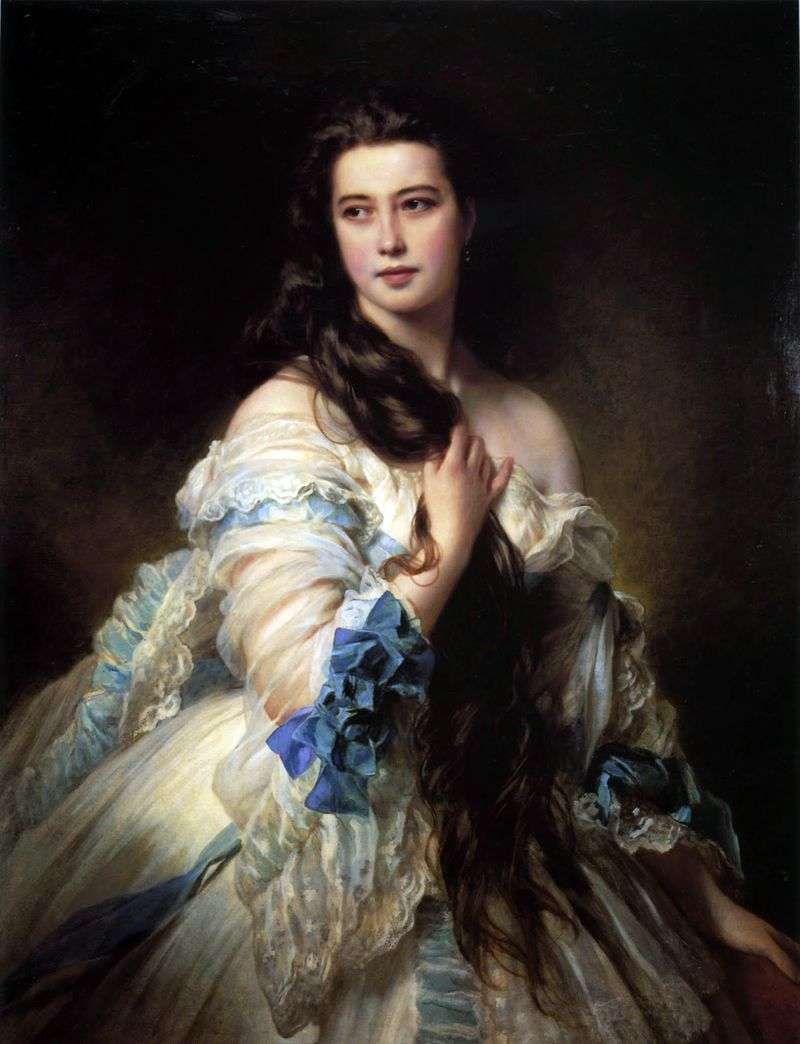
Franz Xavier Winterhalter is a little-known artist in Russia, despite the fact that the Hermitage does not have very few of his works. In the middle of the XIX century, he was considered one of Europe’s leading portrait painters. His creations are a long string of emperors, empresses, titled babies, noble ladies and gentlemen.
Paris portrait of Barbara Dmitrievna Rimsky-Korsakov was written by Winterhalter, when this Russian beauty was 30 years old. The white cape with blue ribbons only creates the illusion of a dress. And then an ambiguous impression: Varvara Dmitrievna seems naked, and wrapped up simultaneously.
A natural beauty that has rejected all petty tricks: it has no decorations, except droplets-earrings in the ears. Varvara Dmitrievna came from the Kostroma noble family of the Mergasovs. At the age of 16, charming Varenka Murgasova married a graduate of Moscow University, a witty and cheerful handsome, hussar, favorite of the “light” Nikolai Korsakov, whose family left a notable mark in the history of Russian culture. Nicholas and Varvara Korsakovs knew in Moscow Leo Tolstoy and brought them out under transparent names in “Anna Karenina” in the picture of the ball.
Later, after parting with her husband, she settled in Nice. Prince D. Obolensky, who knew Varvara Dmitrievna well, wrote about her that she was “considered not only a St. Petersburg but also a European beauty.” Blazing on foreign waters, seaside bathing, in Biarica and Ostend, and also in the Tuileries, in the midst of a mad the luxury of Empress Eugenia and the brilliance of Napoleon III, VD Korsakov shared her successes between the St. Petersburg great light and the French court, where her name was la Venus tartar. ” It was called in France “Tatar Venus”.
In Korsakov, one feels a native of the Volga coast, from century to century giving shelter to both the Slavs, Kalmyks, and Bulgars. Korsakova loved the Winterhalter portrait. He was decorating the cover of her book. Probably in the library collections of France it is still stored. One can only assume what meaning is embedded in the epigraph of the book she wrote: “Deprivation and sadness pointed to God, and happiness made me know Him.”
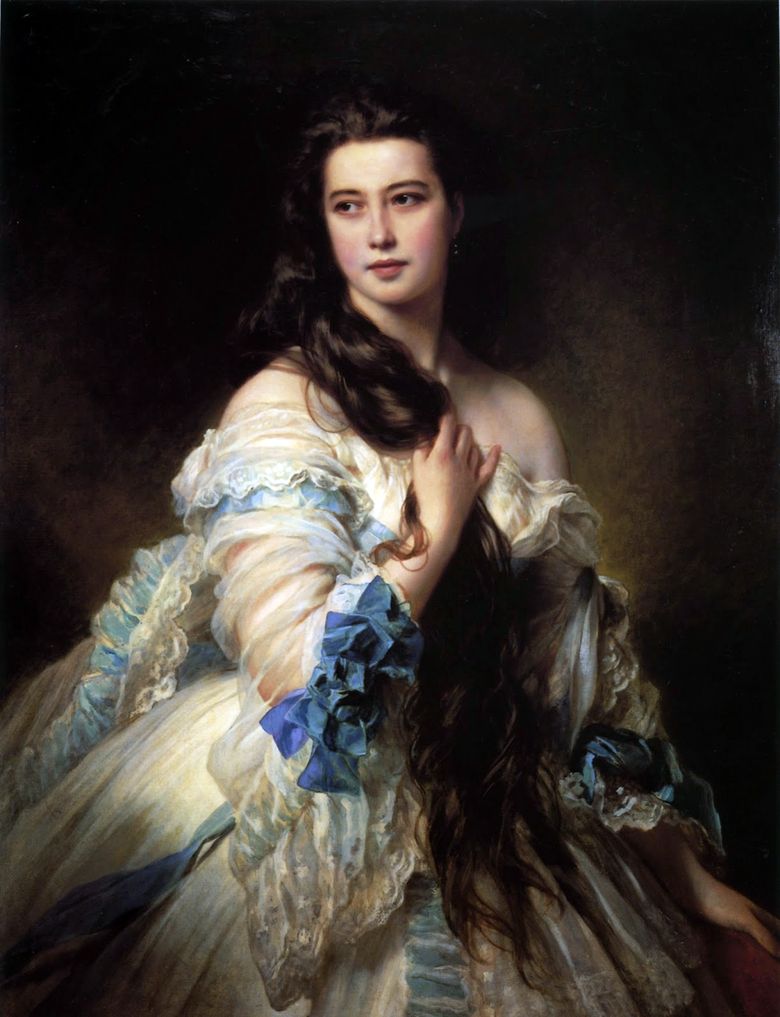 Portrait de V. D. Rimsky-Korsakova – Franz Xaver Winterhalter
Portrait de V. D. Rimsky-Korsakova – Franz Xaver Winterhalter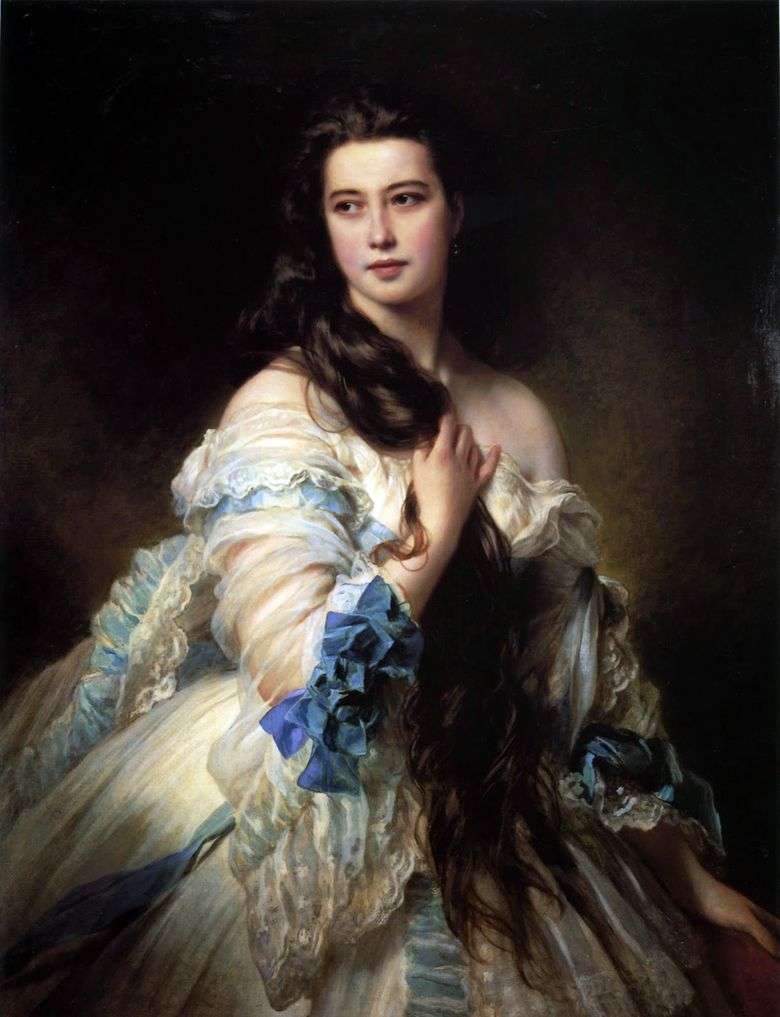 Retrato de V. D. Rimskaya-Korsakova – Franz Xaver Winterhalter
Retrato de V. D. Rimskaya-Korsakova – Franz Xaver Winterhalter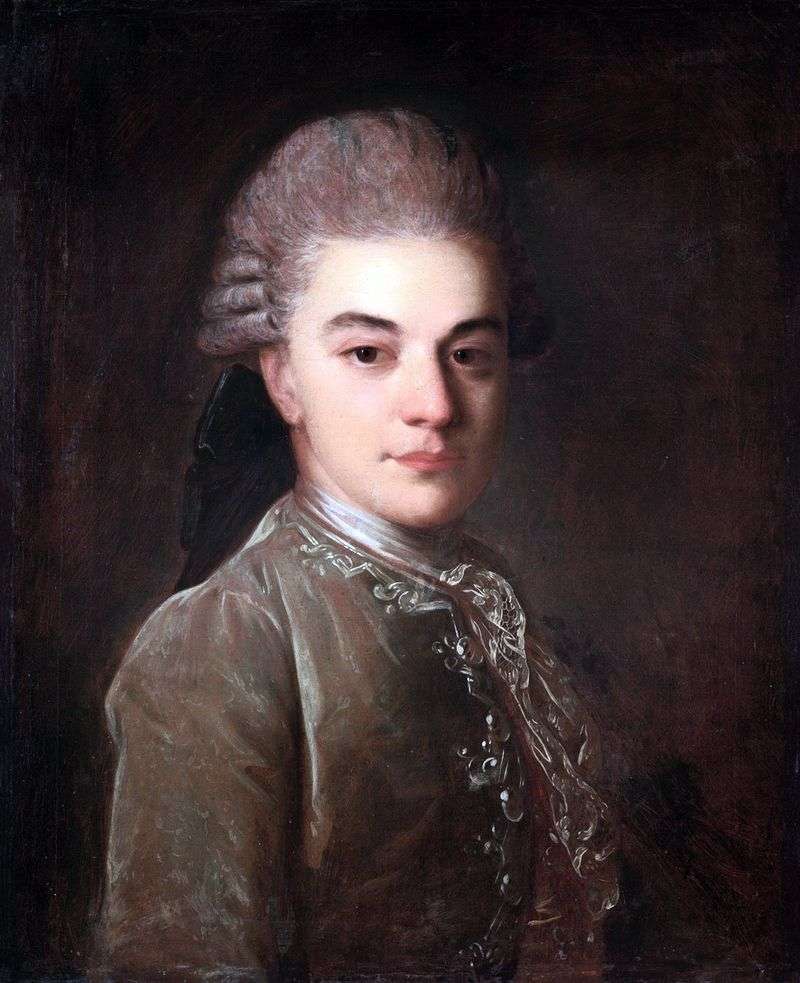 Portrait of A. M. Rimsky-Korsakov in his youth by Fedor Rokotov
Portrait of A. M. Rimsky-Korsakov in his youth by Fedor Rokotov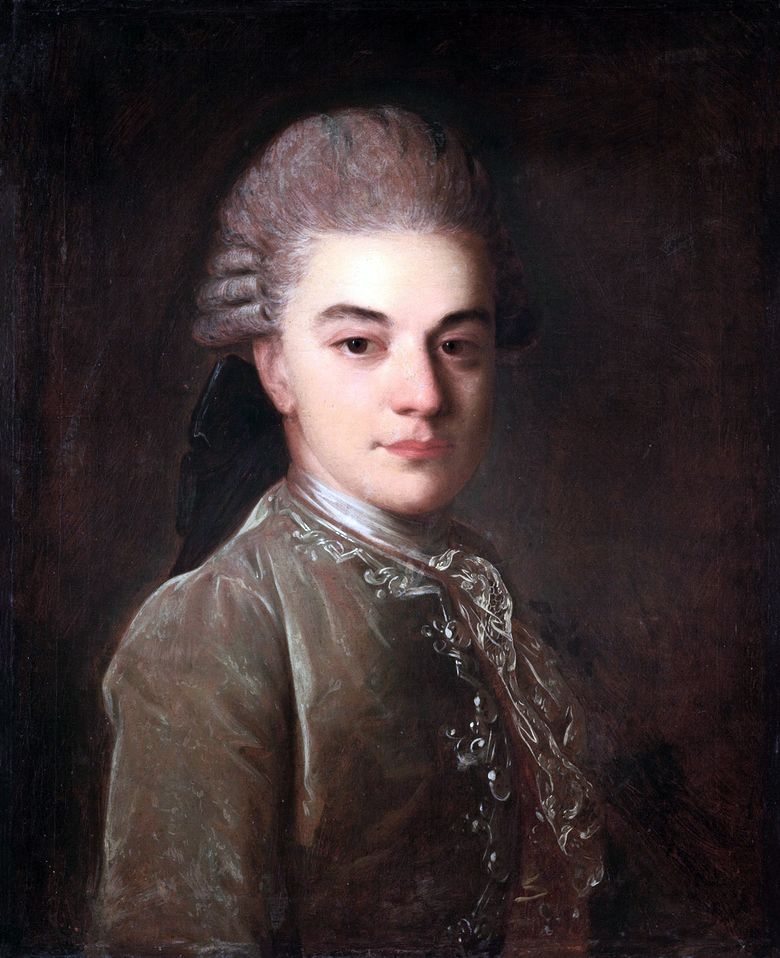 Portrait d’A. M. Rimsky-Korsakov dans sa jeunesse – Fedor Rokotov
Portrait d’A. M. Rimsky-Korsakov dans sa jeunesse – Fedor Rokotov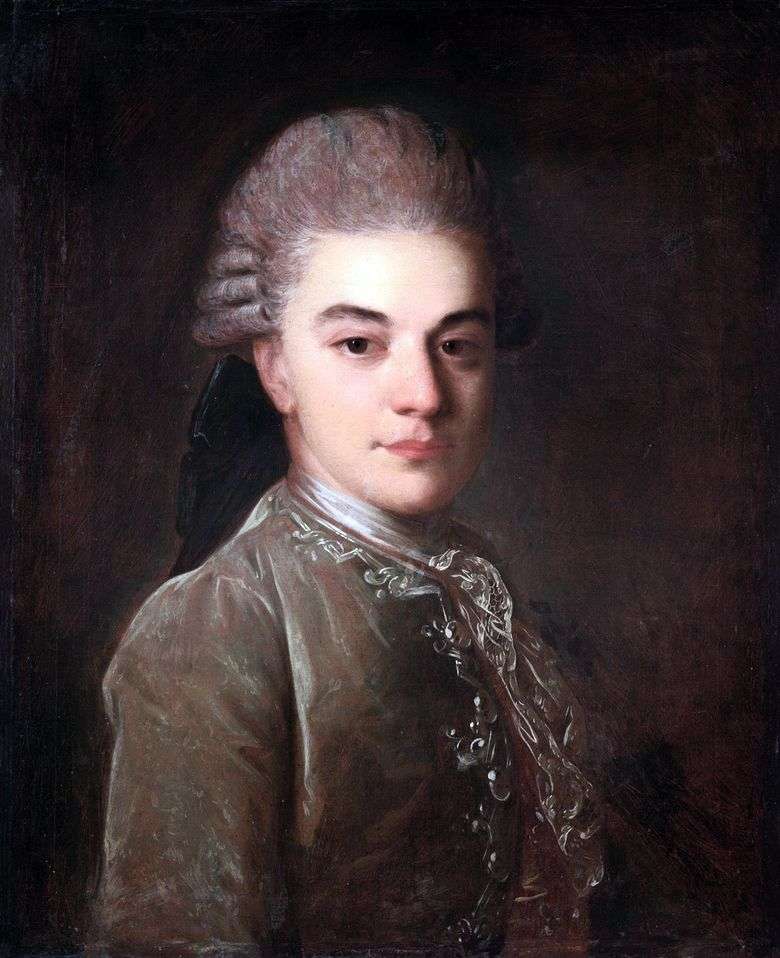 Retrato de A. M. Rimsky-Korsakov en su juventud – Fedor Rokotov
Retrato de A. M. Rimsky-Korsakov en su juventud – Fedor Rokotov Portrait of writer AN Strugovshchikov by Karl Bryullov
Portrait of writer AN Strugovshchikov by Karl Bryullov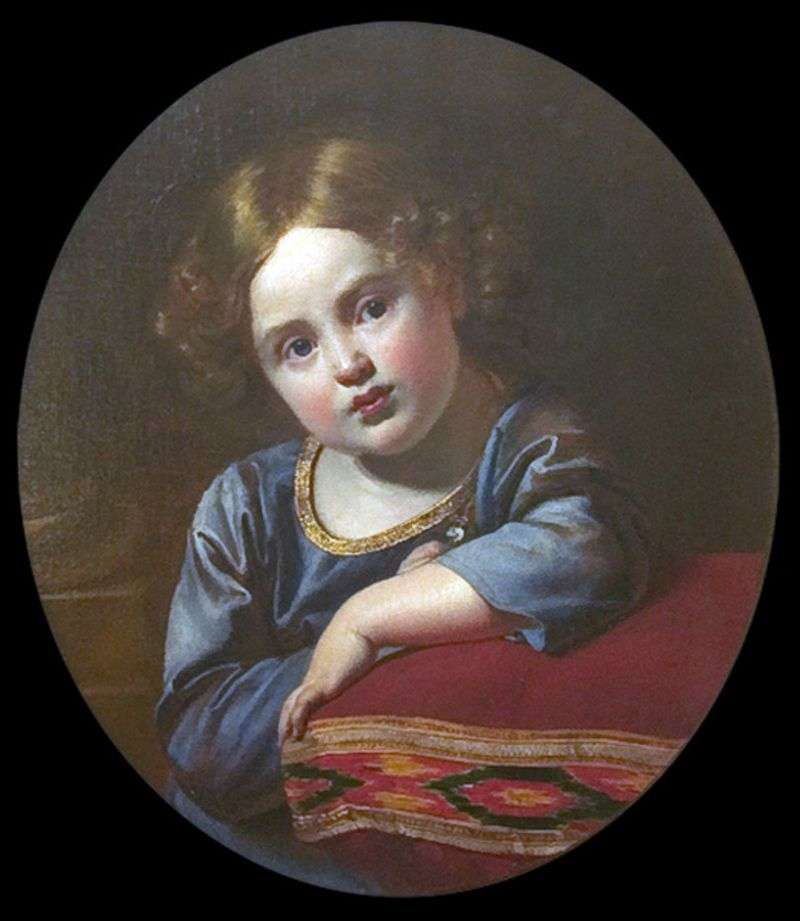 Portrait of E. G. Gagarin in his childhood by Orest Kiprensky
Portrait of E. G. Gagarin in his childhood by Orest Kiprensky Portrait of Anna Feodorovna Furman by Orest of Kiprensky
Portrait of Anna Feodorovna Furman by Orest of Kiprensky